Featured Chart: Can we reduce rates of preterm birth?
Our second featured chart takes a closer look at the insights on our data hub around preterm births. This topic was recently highlighted in a House of Commons debate during Baby Loss Awareness Week where it was noted that current targets to reduce preterm births are not producing the results needed.
As reported by ONS in 2025, the data shows that since 2010 there has been a slight yet persistent increase in the number of preterm births in England, showing rates of up to 7.8% as a proportion of live births. In 2023 these rates were the highest for the first time since 2018, whilst provisional data from the first six calendar months of 2025 were higher than the 2010 figures (7.24%).

Government targets which proposed for the rate of preterm births to be 6% by 2025 have not been met. While ambitious, this target is in line with the best performing countries in Europe. With the ambitions set to expire, the Joint Policy Unit has called for government to renew these targets to keep this issue on the agenda. This includes a pre term birth rate of 6% with disaggregation for spontaneous and iatrogenic preterm births.
It is critical to reduce the number of preterm births. For context, over 75% of neonatal deaths in 2023 were babies that had been born preterm, with this proportion nominally rising from 2022.
Improving care for preterm babies is also an important area that requires attention. Whilst adapting care in line with local populations may be necessary, variations in how care is delivered across different regions can also be linked to poor outcomes. Developing clear, consistent guidance in areas such as maternity triage and access to interpreting and translation services are necessary to support more equitable care, which contributes to efforts to reduce preterm birth rates over time.
Links:
Interactive featured chart on our data hub

